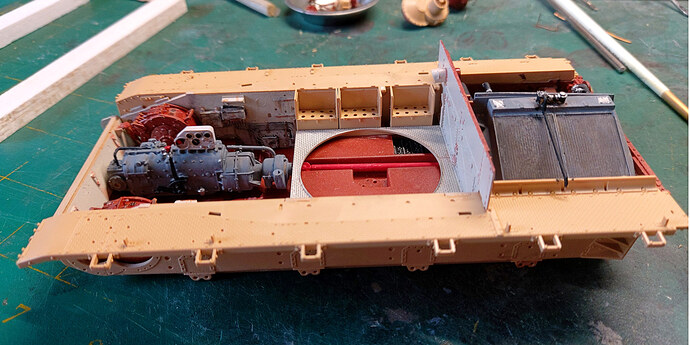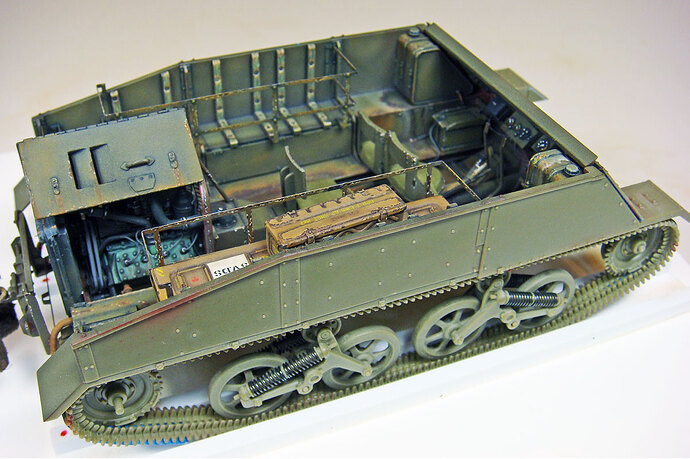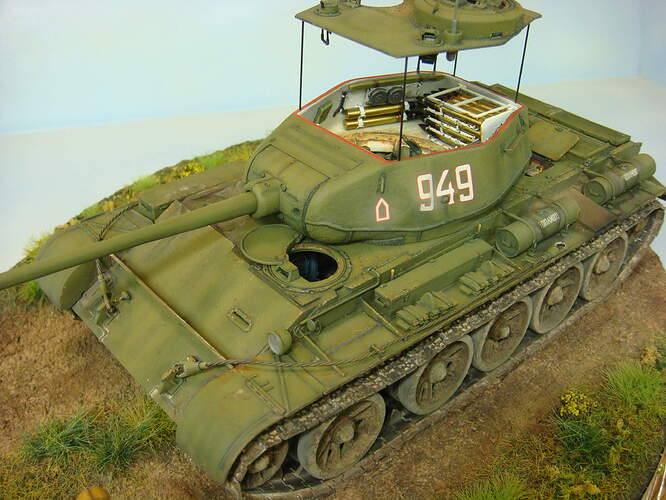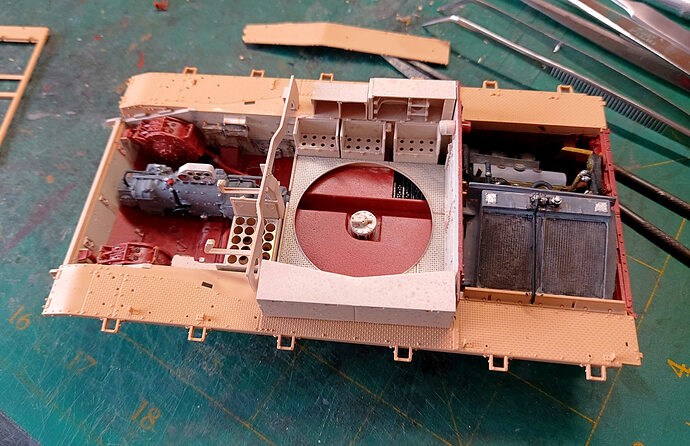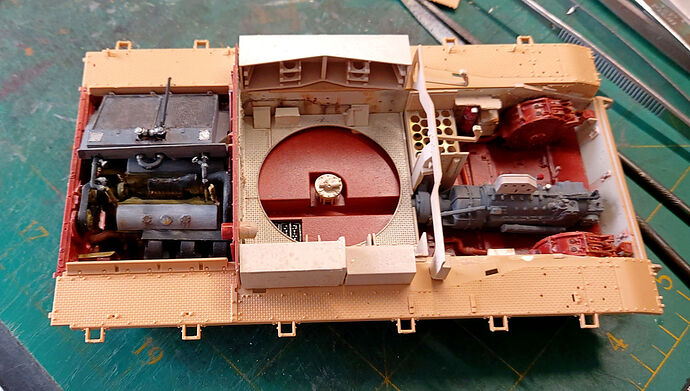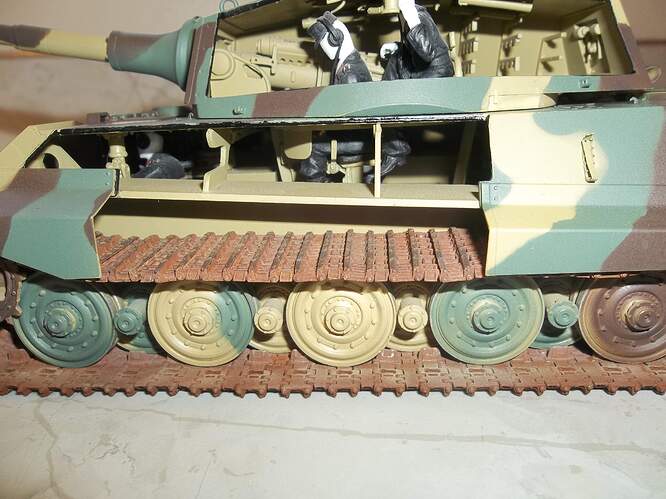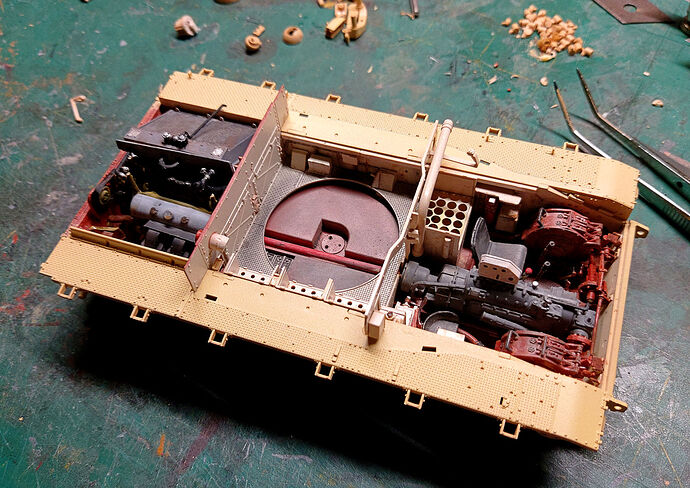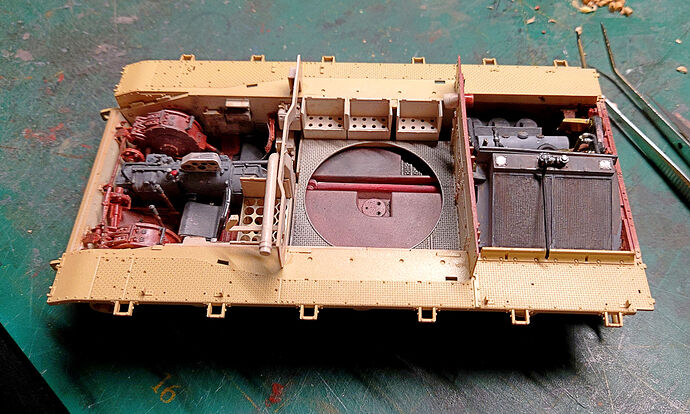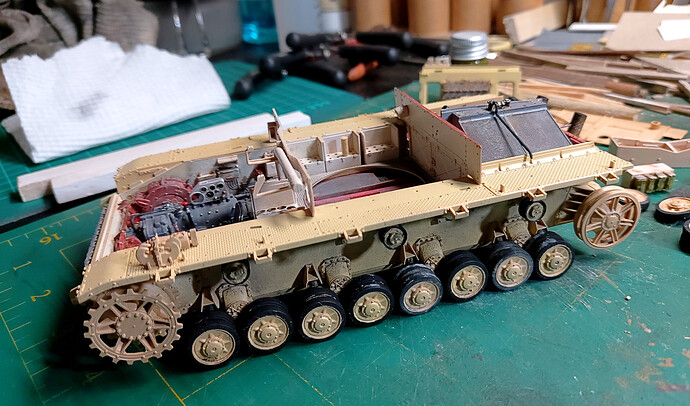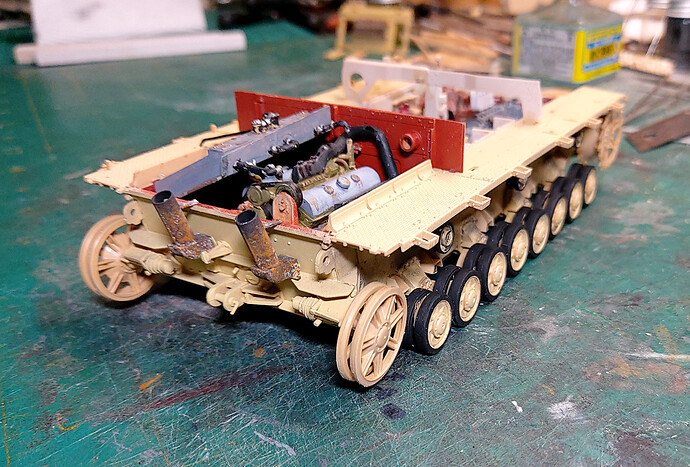I generally build and complete the model from the inside out, so I pretty much complete the interior, assemble the exterior, mask the openings (done as I progress with the exterior), then finish the exterior as if it was a normal, no interior kit. The remove the masks over the openings and do any final touchups.
There are exceptions, but that’s my general approach.
An example of a regular exception for me is to paint the base color around the openings of the exterior parts before closing up the interior. This way, when I mask those openings, I don’t have to worry as much about touchups for the areas under the masks.
Another common exception for me is to finish the interiors of the hatches, base color the hatch openings before closing up the interior. I then use the hatches to mask the openings.
Really, I try to figure out my finishing strategy as I go, so I occasionally will mask openings from the inside leaving “handles” or other methods to remove the masks though the openings later. These masks would be added before closing up the interior. Other openings might be simple and easy to mask by closing then up with sponge foam “plugs.”
Sometimes the masks don’t actually have to completely close the opening. They can sometimes just be “walls” or “dams” that can be carefully sprayed around.
In so far as having to clean my airbrush a lot, I just roll with it. Practice makes for a smooth and easy process, so I don’t even really think about that much. I do mentally try to “organize” airbrushing sessions so that I’m efficient with color sequences and part masking, but really, practice and experience mean that I only need a few moments to clean up. It does help, though, that I have two separate work areas, one for construction and one for painting. That way I don’t have to clean up the entire work area just to take a few minutes to airbrush a couple of colors on a few small parts.
The interior of this Bronco Lloyd Carrier was completely finished and then masked using tape “walls” or “dams” before the exterior was carefully painted. The suspension parts are still loose and only dry-fitted in this photo. They were finished separately, then added after the hull sides and bottom were painted.
This Riich Universal Carrier Mk.I was finished the same way…
The interior of this Stug IV shows the partial painting of the exterior opening areas (primer red).
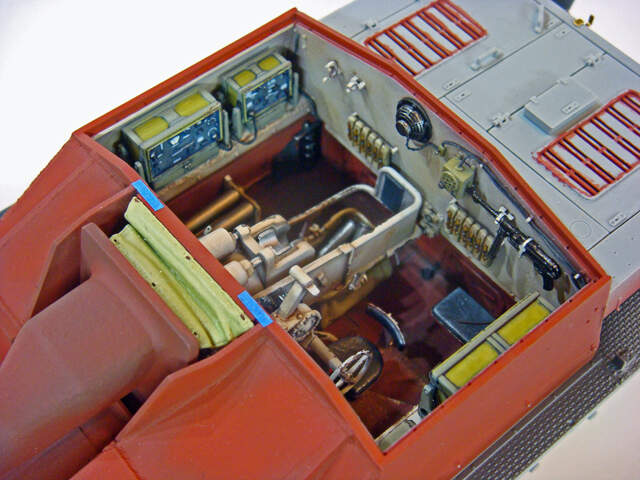
The top was masked off using the hull roof with the hatch openings masked from the inside and the exterior was then finished.
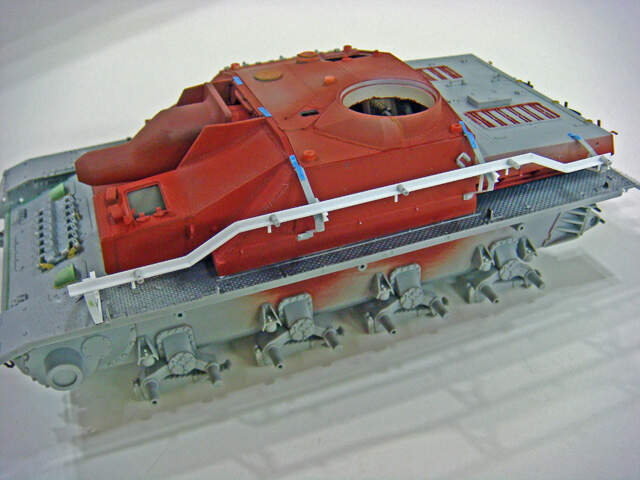
For final display the fighting compartment roof was raised up on thin carbon fiber rods.
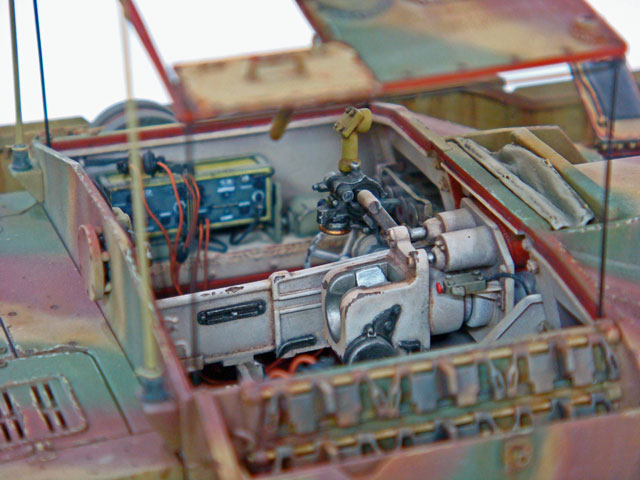
This MiniArt T-44 was built and finished very similarly to the StuG IV. The interior was completed, the areas around the openings were pre-painted with the base colors, then the openings were masked with the hatches and turret roof. The exterior was then finished. The hatch and other openings were touched up and weathered to match. (Again, thin carbon fiber rods were used to hold up the turret roof.)
It just takes some pre-planning and thought to finish these kits with interiors, but the masking techniques are really just the usual, basic stuff.
